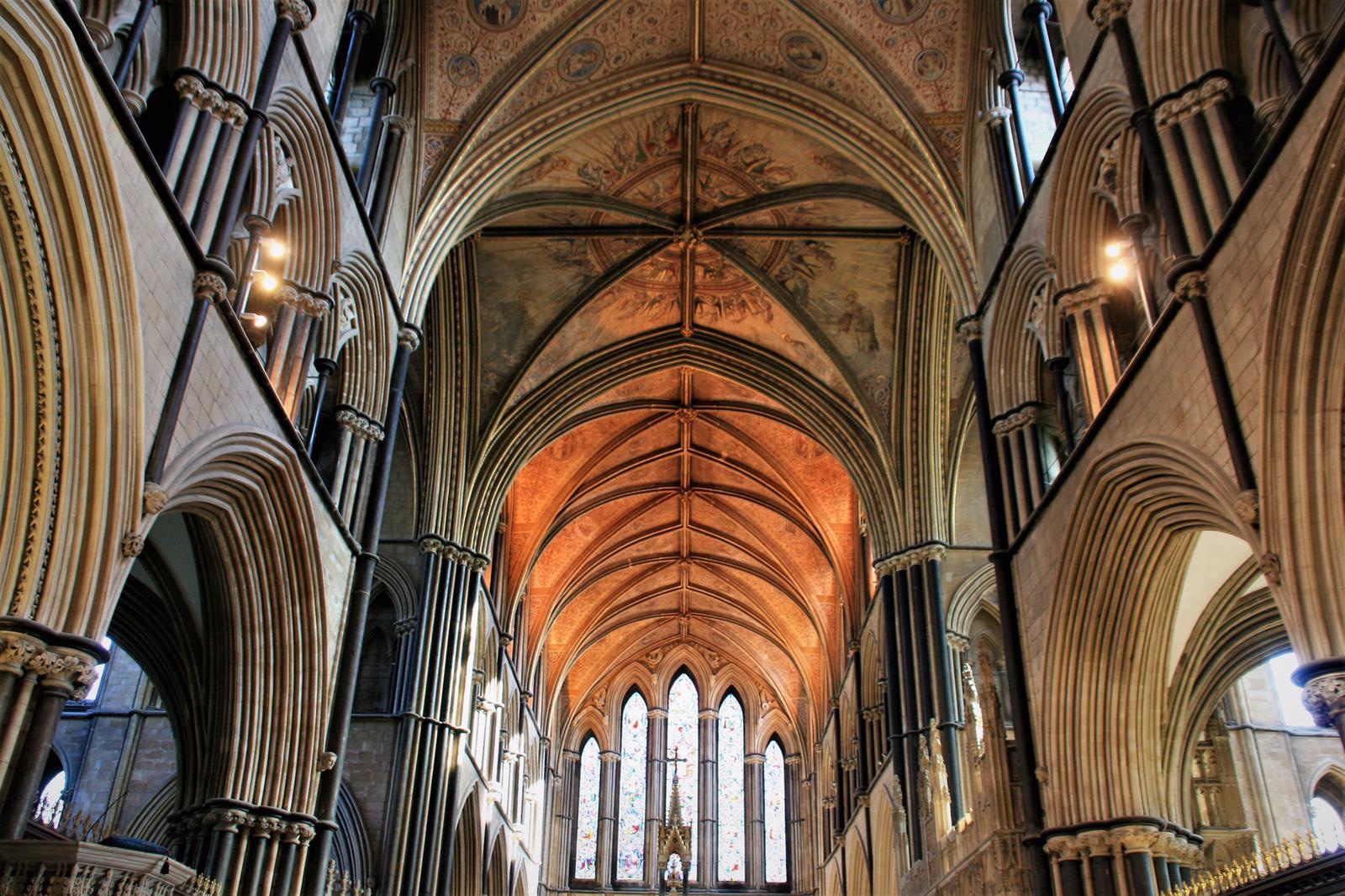The trip north was made up the M5 leaving glorious Gloucester behind in search of Worcester. My only knowledge of this place was of its much talked about and charming cricket ground and its famous sauce. On arrival I wasn’t completely wowed, as traffic jams, a police raid and having to find the accommodation didn’t impress. An afternoon stroll and a new day of exploration in Worcester really did change those first impressions and left me wowed. Thank goodness that those people in council didn’t go ahead and destroy much of this wonderful city.
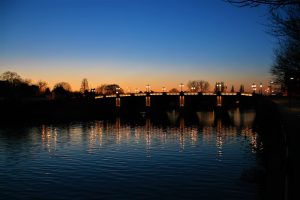
The city’s very existence can be attributed to its association with Britain’s longest river, the Severn. Its source is in the Welsh mountains and it connects to a large estuary. It passes through the beautiful countryside of Shropshire before it meanders around the edges of Worcester and moves on to Gloucester. As it flows through the city, it is overlooked by the imperious and magnificent red sandstone cathedral. Modernisation and the construction of ugly concrete buildings dominate our most historic cities these days and form an unattractive modern cityscape. How nice it was to be thrown back and wowed by parts of Worcester.
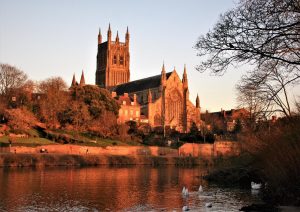
That first walk took us through the modern city centre and contributed to those first impressions. A quick stop at the tourist information centre pointed us in the right direction to find the charms of this place, and, oh boy, they didn’t disappoint.
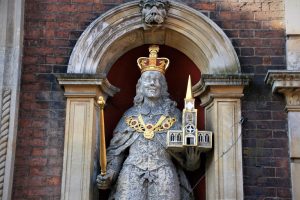
I could have spent all day in this cathedral. Many photos were taken which should, hopefully, portray the magnificence and my fascination with and appreciation of this beautiful and dramatic building. It rises above the cityscape and rests proudly along the banks of the River Severn. From the one side, and at the time I was there the sun wasn’t, it is dark, gloomy and mysterious, but houses a couple of interesting monuments. Where the sun does shine, it helps magnify its splendour. The sun’s light and heat empower the colour of this wonderful building. Like the nearby cathedral in Gloucester this is also a royal graveyard. Centred in the middle of quire (ancient word for choir) is the grave of the notoriously ‘bad’ King John, perhaps famous for his signature on the Magna Carta. I like to remember him from my young days as the arch enemy of Robin Hood. This should also draw me to visit Nottingham and Runnymede on my discovery of England and revisit some of those childhood memories. I can well remember being taken to see ‘Tales of Robin Hood’ in Nottingham as a kid. There are several graves in the cathedral, but another one in the cathedral that has major relevance is that of the cousin of Elizabeth 1. Worcester cathedral is the final resting place of Arthur, eldest son of Henry VII who would have been king instead of Henry VIII. His early death, followed by Henry VIII marrying his widow, Catherine of Aragon, lead into surely the most fascinating part of English history. Apparently, Arthur’s body was carried from nearby Ludlow (30-35 miles away from Worcester and another place to visit) to rest here; imagine the ceremony and procession for this event. The ceiling in this place was mind blowing.
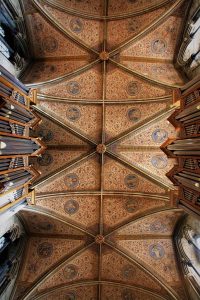
On that first walk into the city there is evidence of the city’s involvement during the civil war on a bridge and also a number of markings on my tourist map. Maybe a visit to the Commandery museum may have shed some more light on this. I can see that I am developing a theme in that there is so much to see and learn about this country’s history and just never enough time. Perhaps more could have been made of the city’s relevance to the war. If only I had some more time. Isn’t it incredible that some of this nation’s biggest talking points keep cropping up in these visits.
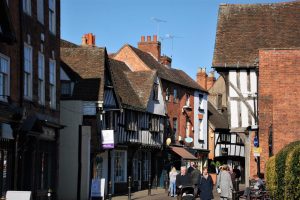
The town had some absolute gems. Walking through the modern town one is immediately stunned by the beautiful guildhall. Dating back to 1721, it has a rich history and once housed a prison. Now it is home to an art collection, which, sadly, couldn’t be visited. Another gem is Friar street! Be captivated as you walk along it’s cobbled streets adorned on either side by Tudor housing, shops and pubs. Yes, modern shops and eateries have appeared, but they have retained the outside black and white facades that adorn the street. Walking along the street, you marvel at the crooked beams still standing 500 years on and wonder how they do so. The National Trust has restored one of them but how many were lost? A visit to the street must be a made to appreciate the buildings. Leaving this street, it was pointed out to us by a friendly landlord that we should visit another church. Rumour has it, this was the church in which William Shakespeare married Anne Hathaway? A quick visit to see only showed a post in front of the church, perhaps this is something that needs to be explored on a further visit.
As you can tell this place has wowed me, I shall be returning to watch the cricket and getting to enjoy this place. Worcester!!! Till next time.
Worcester, England, United Kingdom

